Ukrainian President Volodymyr Zelensky has suggested a ceasefire deal with Russia could be possible if the North Atlantic Treaty Organization (NATO) accepts Ukraine's membership request, allowing occupied territories to be addressed diplomatically at a later stage.
The Russia-Ukraine war has raged on for more than two years after Russian President Vladimir Putin ordered the "special military operation" in Ukraine in February 2022. Although Moscow aimed for a quick victory over its Eastern European neighbor, viewed as having a much smaller military, its spirited defense effort bolstered by Western aid, has blocked it from making substantial gains.
In an interview with Sky News that was published on Friday, Zelensky outlined his vision for ending the "hot phase" of the war and proposed that NATO extend its protective umbrella to the territories of Ukraine currently under its control, ensuring Kyiv's security while leaving the return of occupied regions for future negotiations.
"If we want to stop the hot phase of the war, we need to take under the NATO umbrella the territory of Ukraine that we have under our control," Zelensky told Sky News' chief correspondent Stuart Ramsay. "We need to do it fast. And then on the [occupied] territory of Ukraine, Ukraine can get them back in a diplomatic way."
Zelensky said that NATO's invitation must acknowledge Ukraine's internationally recognized borders, even as parts of the eastern territories remain under Russian occupation. He also argued that such a move would serve as a critical safeguard against further aggression by Putin.
A ceasefire, Zelensky said in his interview, is needed to "guarantee that Putin will not come back" to acquire additional territory in Ukraine.

Zelensky also addressed reports suggesting that President-elect Donald Trump might propose a peace plan involving Ukraine's cession of occupied lands in exchange for NATO membership. He rejected any such concessions but expressed a willingness to collaborate with Trump on alternative solutions.
"I want to work with [Trump] directly because there are different voices from people around him. And that's why we need not to [allow] anybody around to destroy our communication," he said. "It will be not helpful and will be destructive. We have to try to find the new model. I want to share with him ideas and I want to hear from him."
The two leaders previously met in September in New York. Zelensky described his conversation with Trump as "very warm, good, constructive...It was a very good meeting and it was an important first step - now we have to prepare some meetings."
This is the first time Zelensky has publicly hinted at a ceasefire scenario that might temporarily exclude occupied regions. While Ukraine's military continues to resist Russian advances, Moscow has consolidated its hold over roughly 20 percent of Ukrainian territory, including parts of Donetsk, Kherson, Luhansk, and Zaporizhzhia, expanding its claim on Ukrainian lands beyond Crimea, which Russia took in 2014.
Russia unilaterally declared its annexation of these areas in 2022 following referendums that were widely condemned as illegitimate by the international community. Moscow insists that Kyiv's acceptance of these territorial losses is a prerequisite for peace negotiations—a stance that Ukraine has categorically rejected.
Newsweek has contacted the Ukrainian and Russian ministries of foreign affairs as well as NATO via email for comment.
Trump campaigned on the promise that he could end the war "in 24 hours" should he return to office and hit the ground running by calling Putin and Zelensky within days of his presidential election victory.
Trump has not explained how he would quickly end the ongoing conflict, but Vice President-elect JD Vance outlined a potential approach Trump will take to end the war on The Shawn Ryan Show in September.
"I think what this looks like is Trump sits down, he says to the Russians, the Ukrainians, the Europeans: You guys need to figure out what does a peaceful settlement look like? And what it probably looks like is the current line of demarcation between Russia and Ukraine, that becomes like a demilitarized zone," he said.
Meanwhile, former NATO commander James Stavridis predicted on CNN's Smerconish earlier this month that Putin "will end up with about 20 percent of Ukraine, the chunk that he currently holds, but the rest of Ukraine, the 80 percent, all those resources, vast majority of the population, they stay democratic, free."
However, Stavridis told Newsweek at the time, "Keep in mind that a negotiated settlement is not something the U.S. can impose—but for the Ukrainians and Russians to agree upon."
Stavridis believes the deal would include Ukraine's ability to join NATO and maybe the European Union (EU) while Vance said that Ukraine "doesn't join NATO, it doesn't join some of these sort of allied institutions" as part of the potential peace deal.


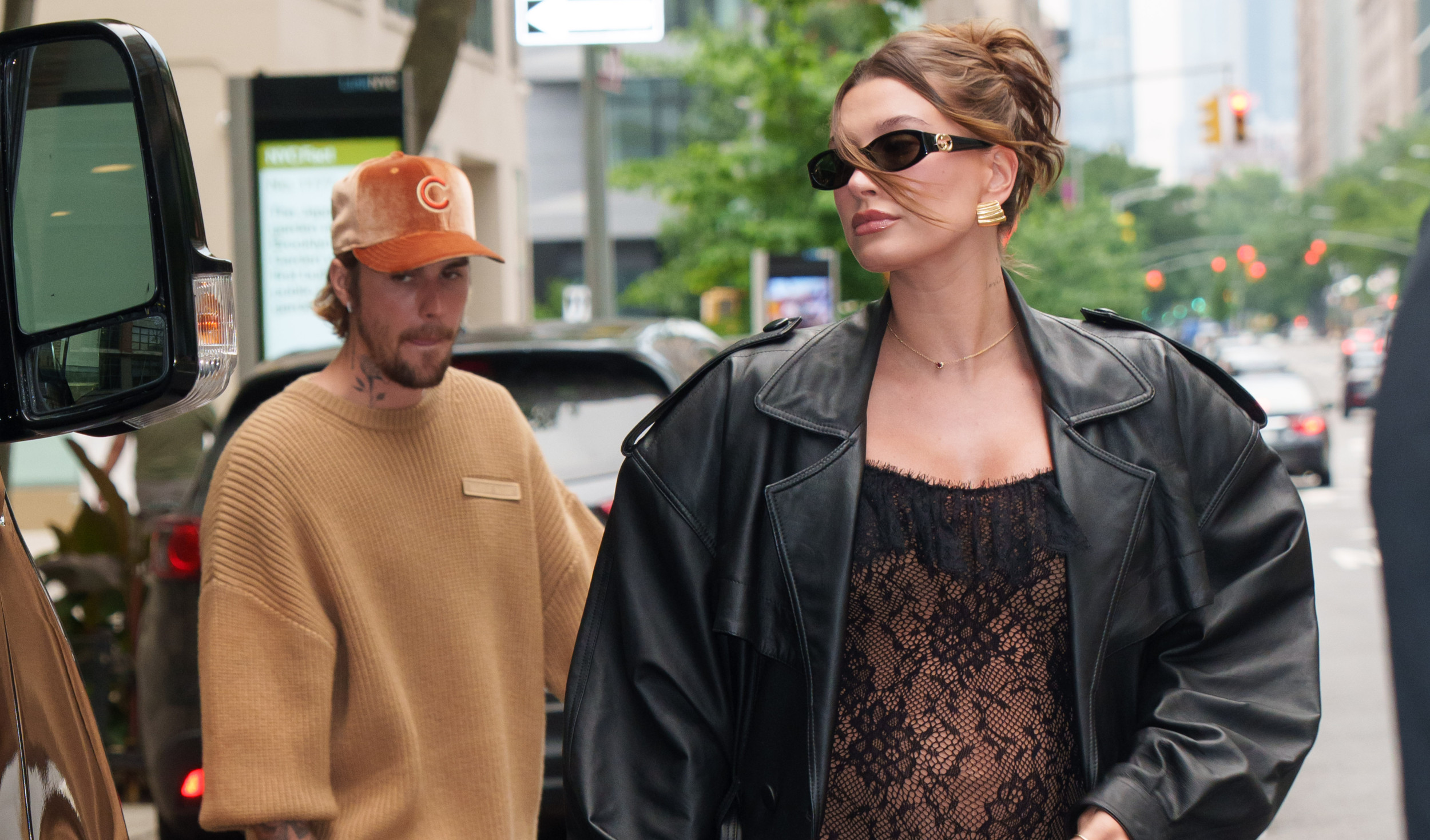
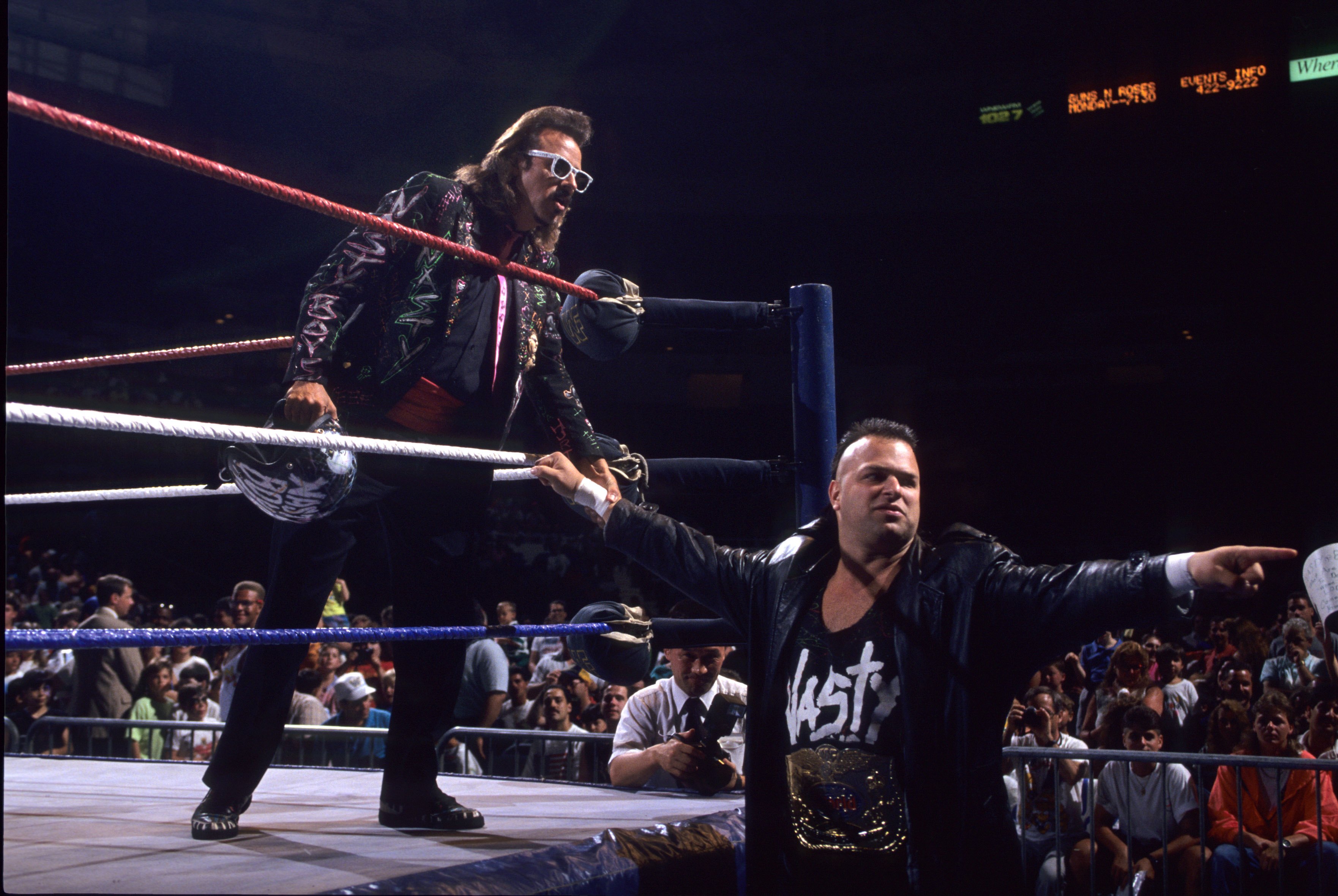

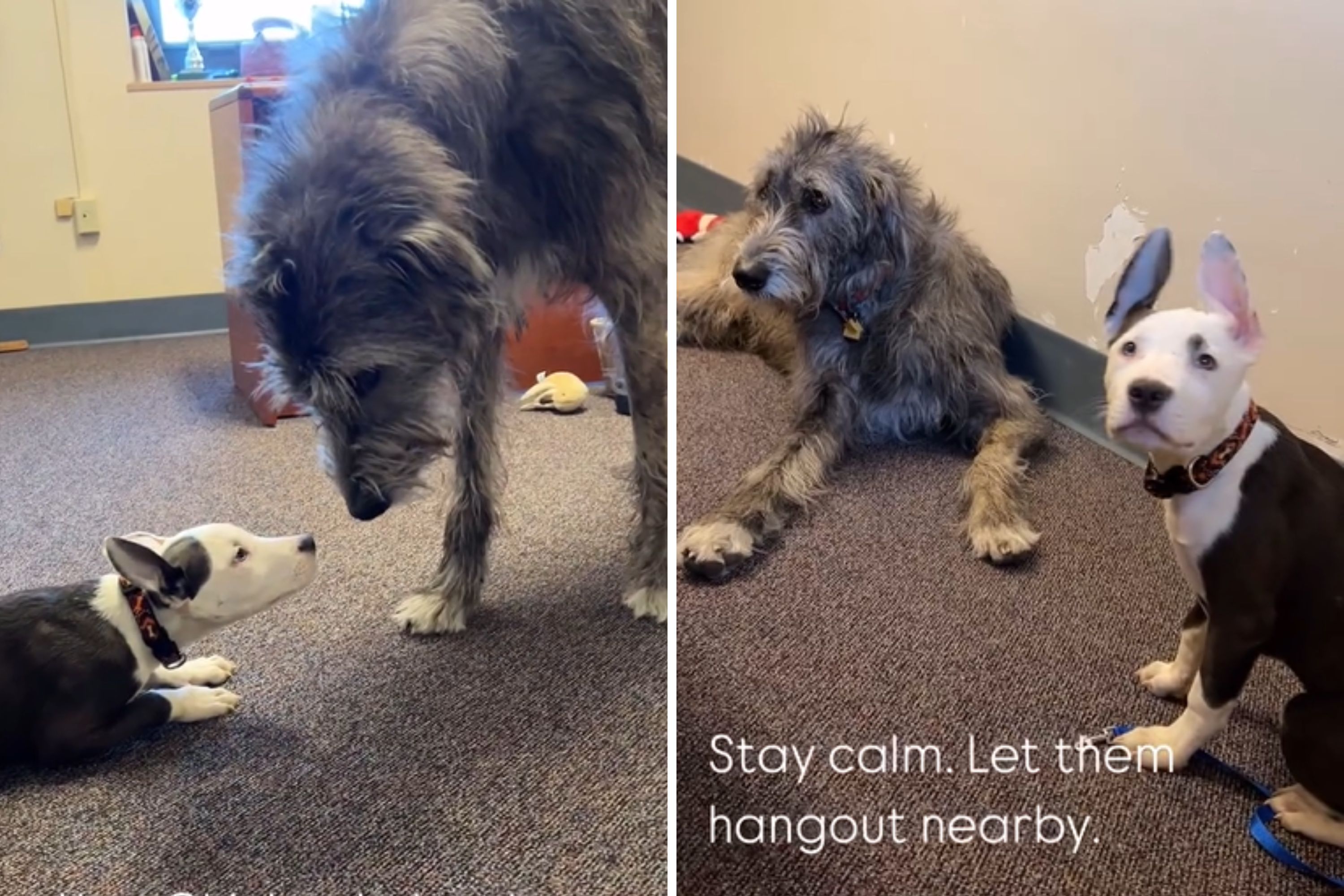
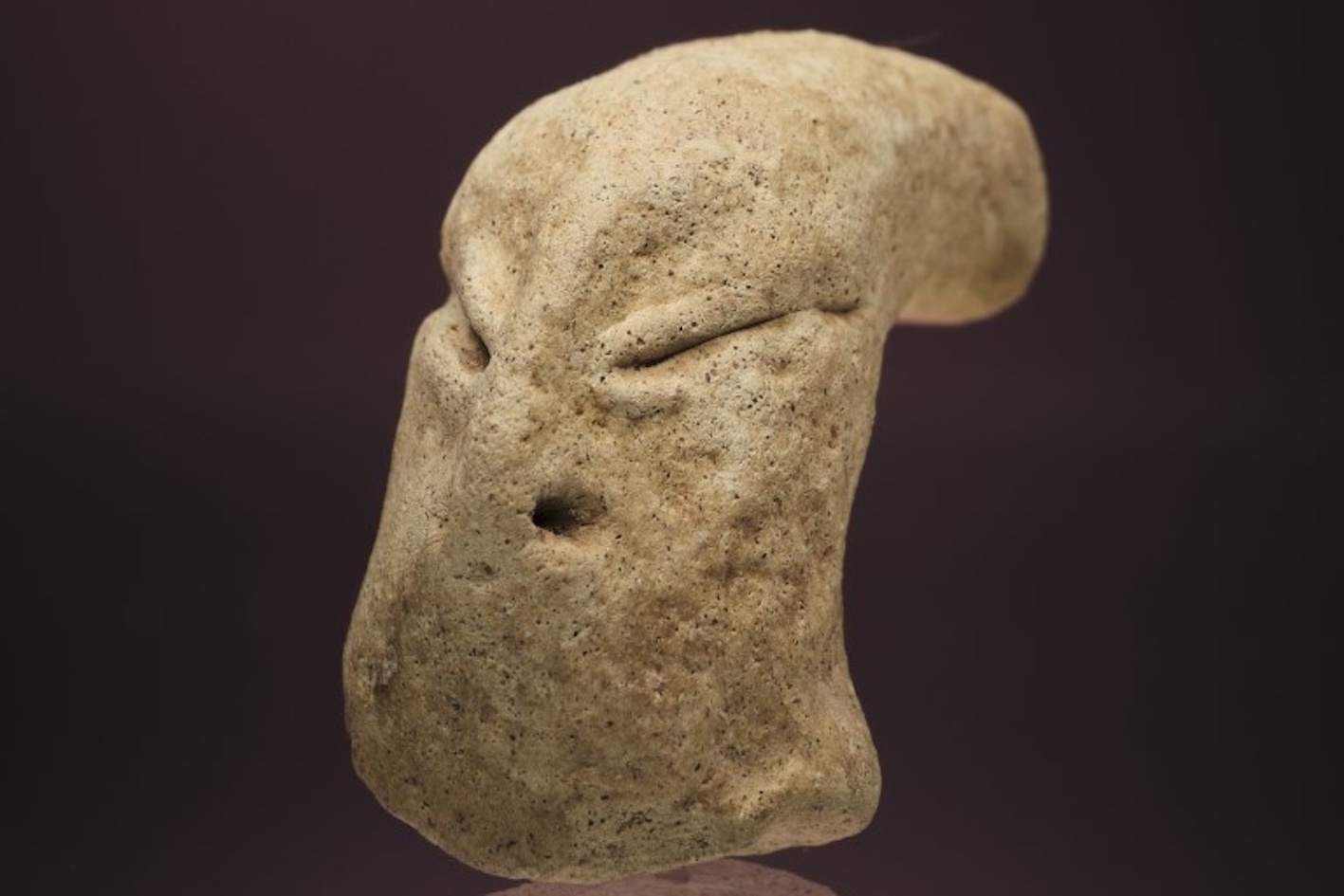

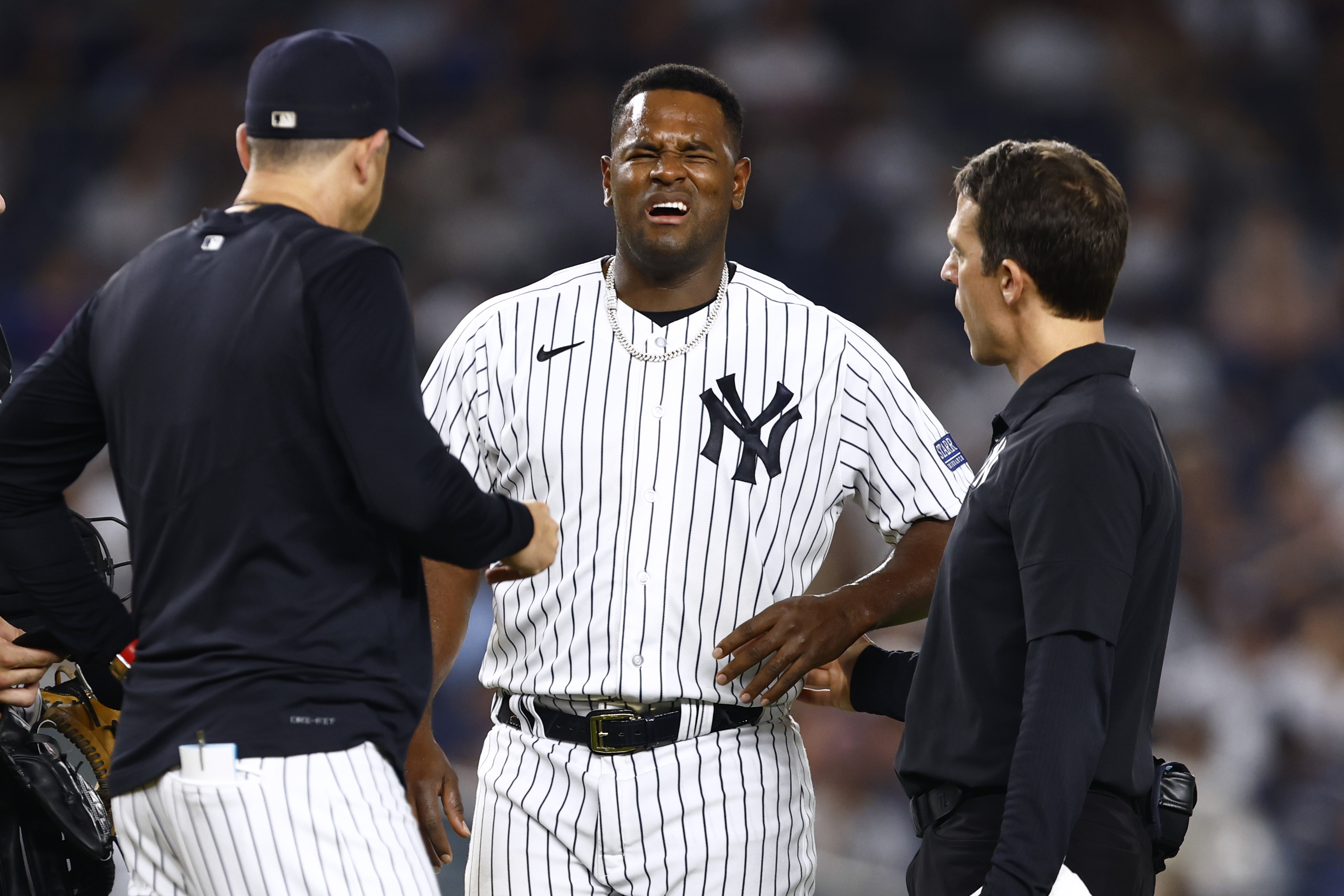
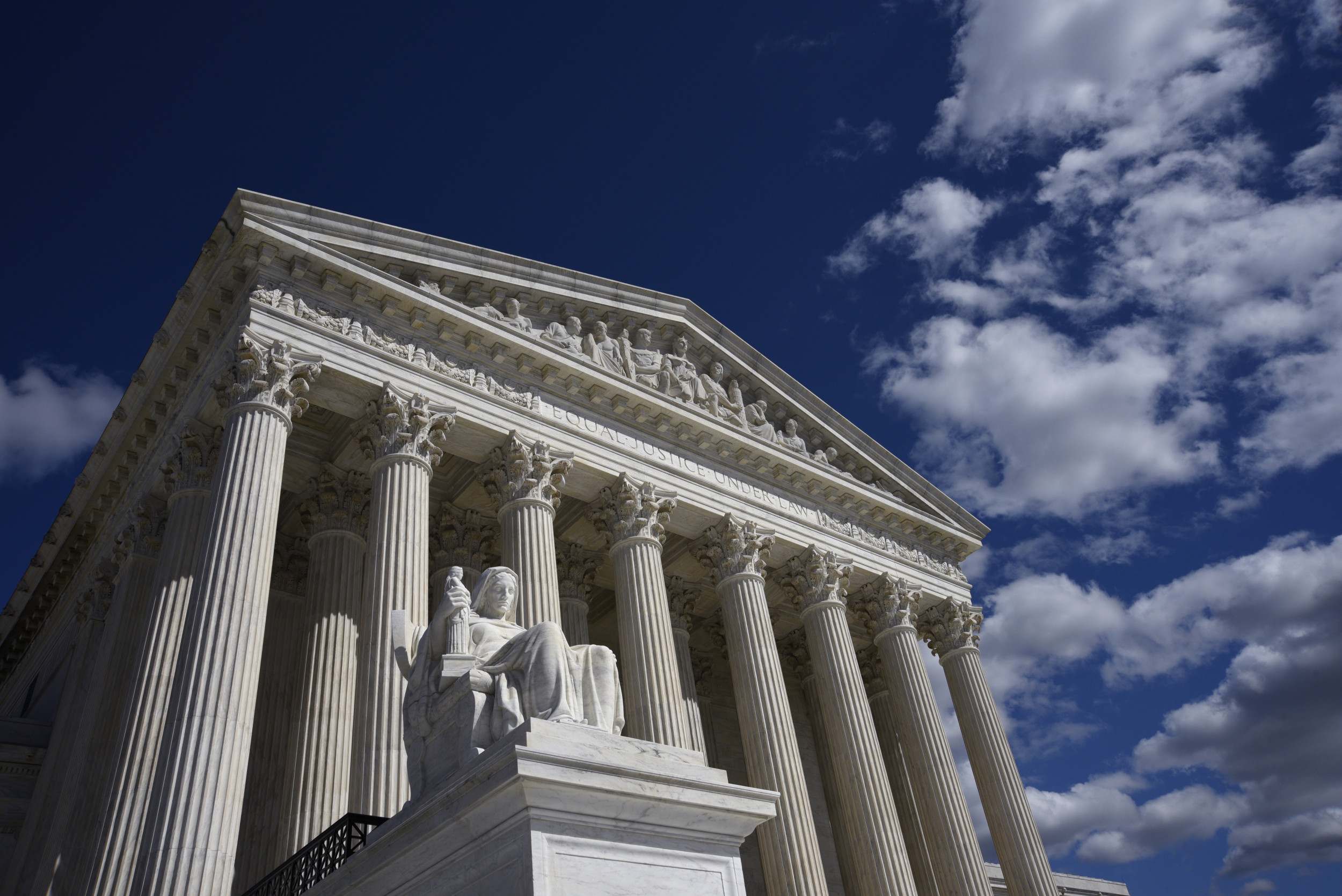
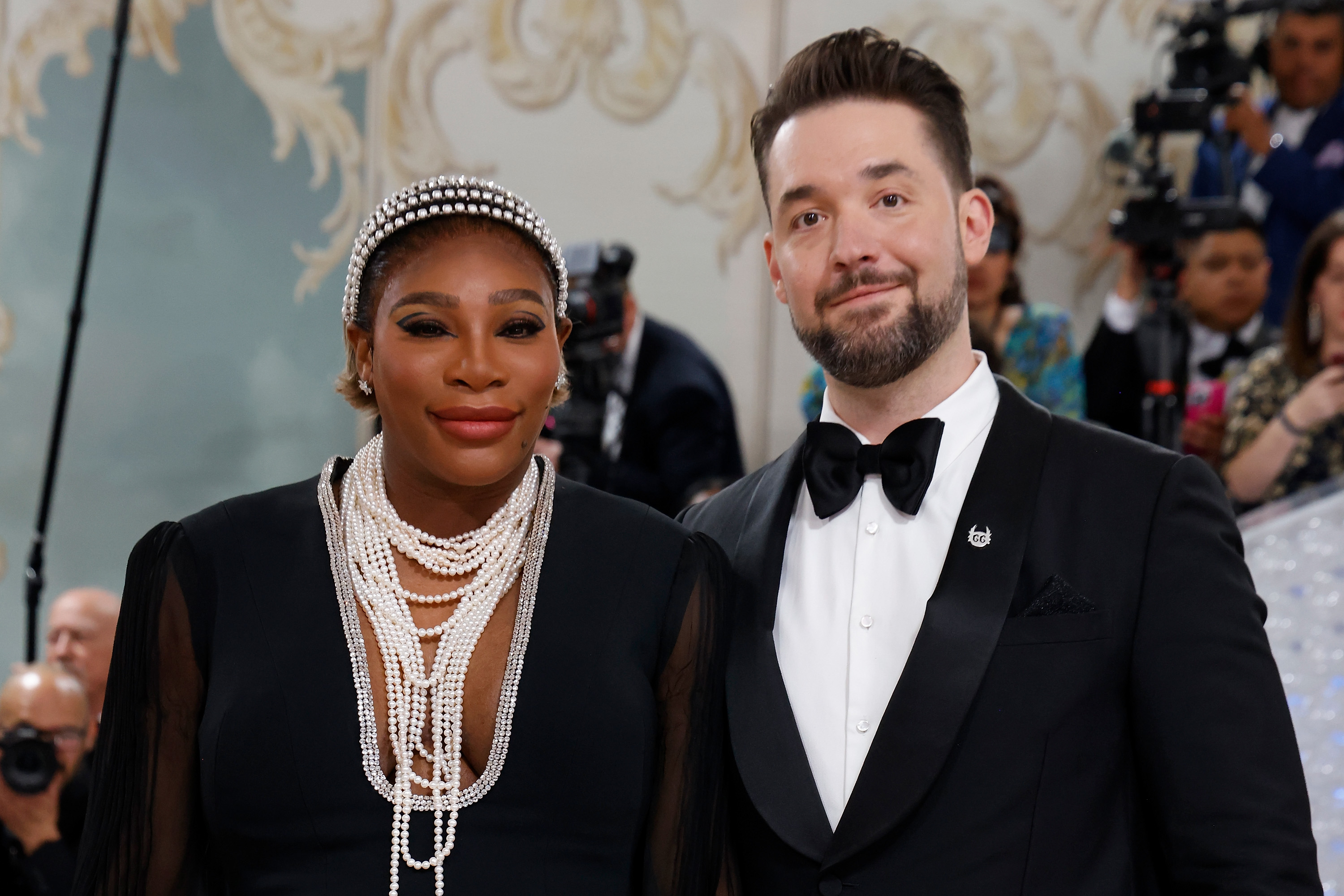
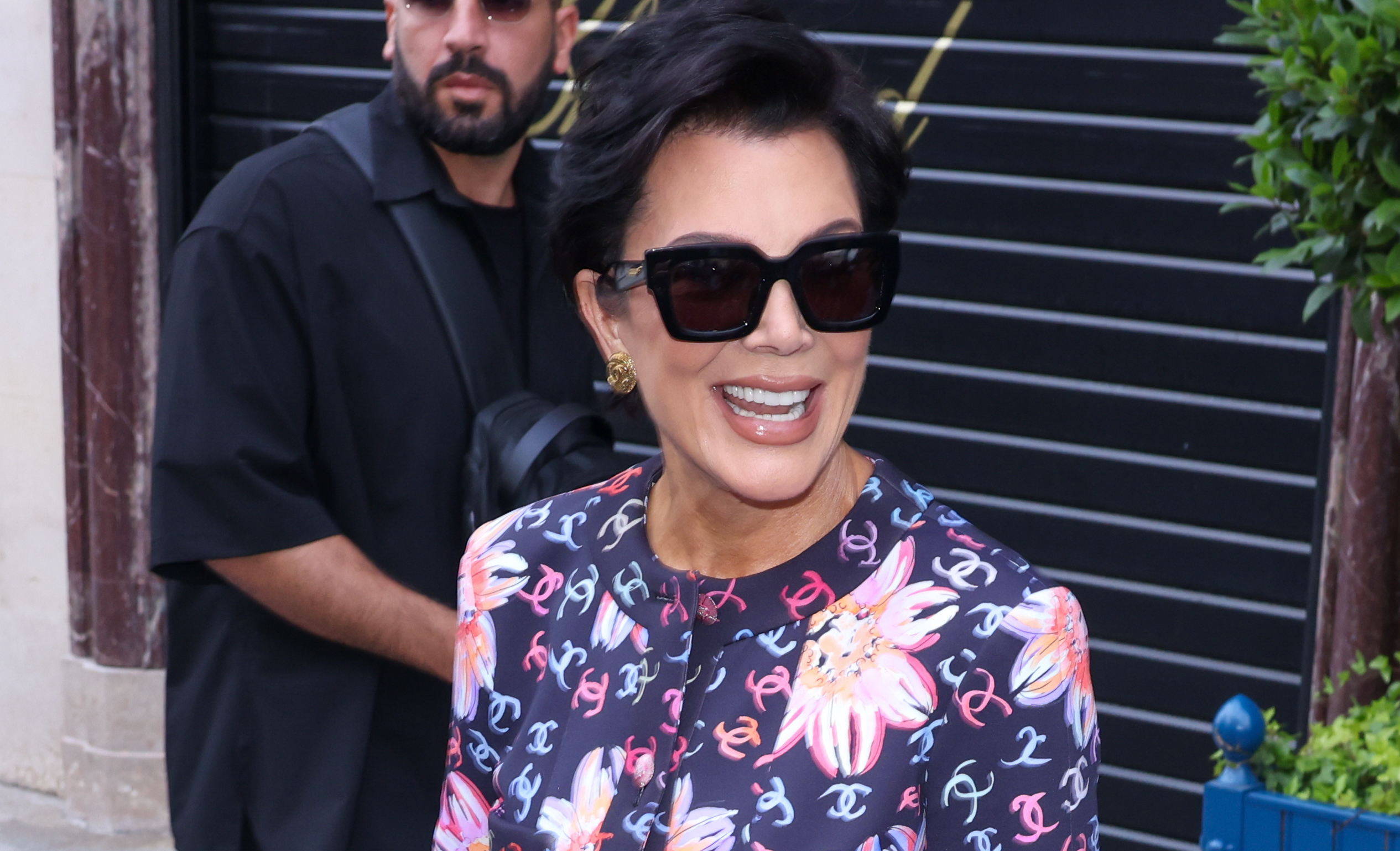








 English (US) ·
English (US) ·